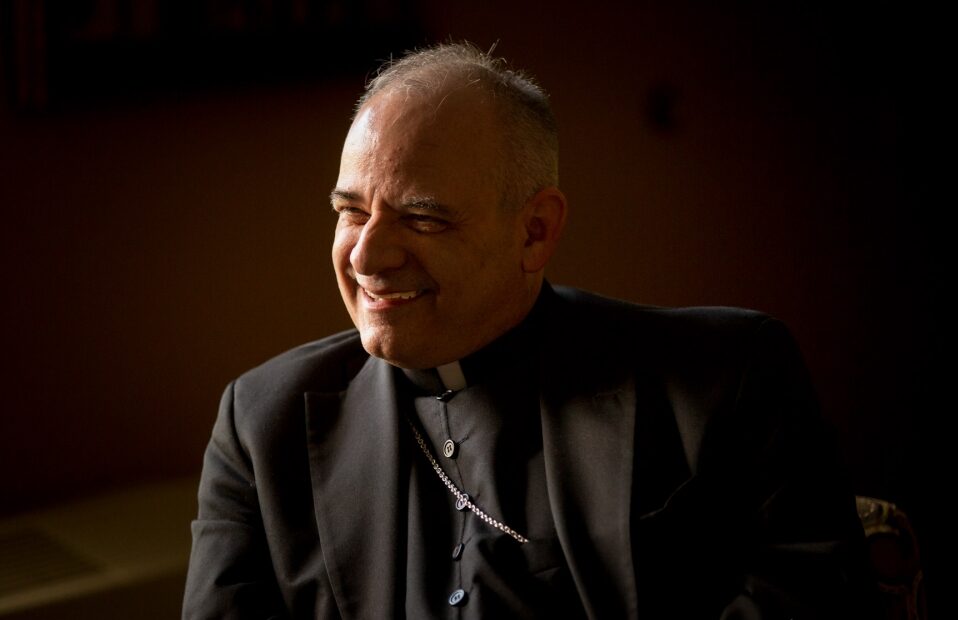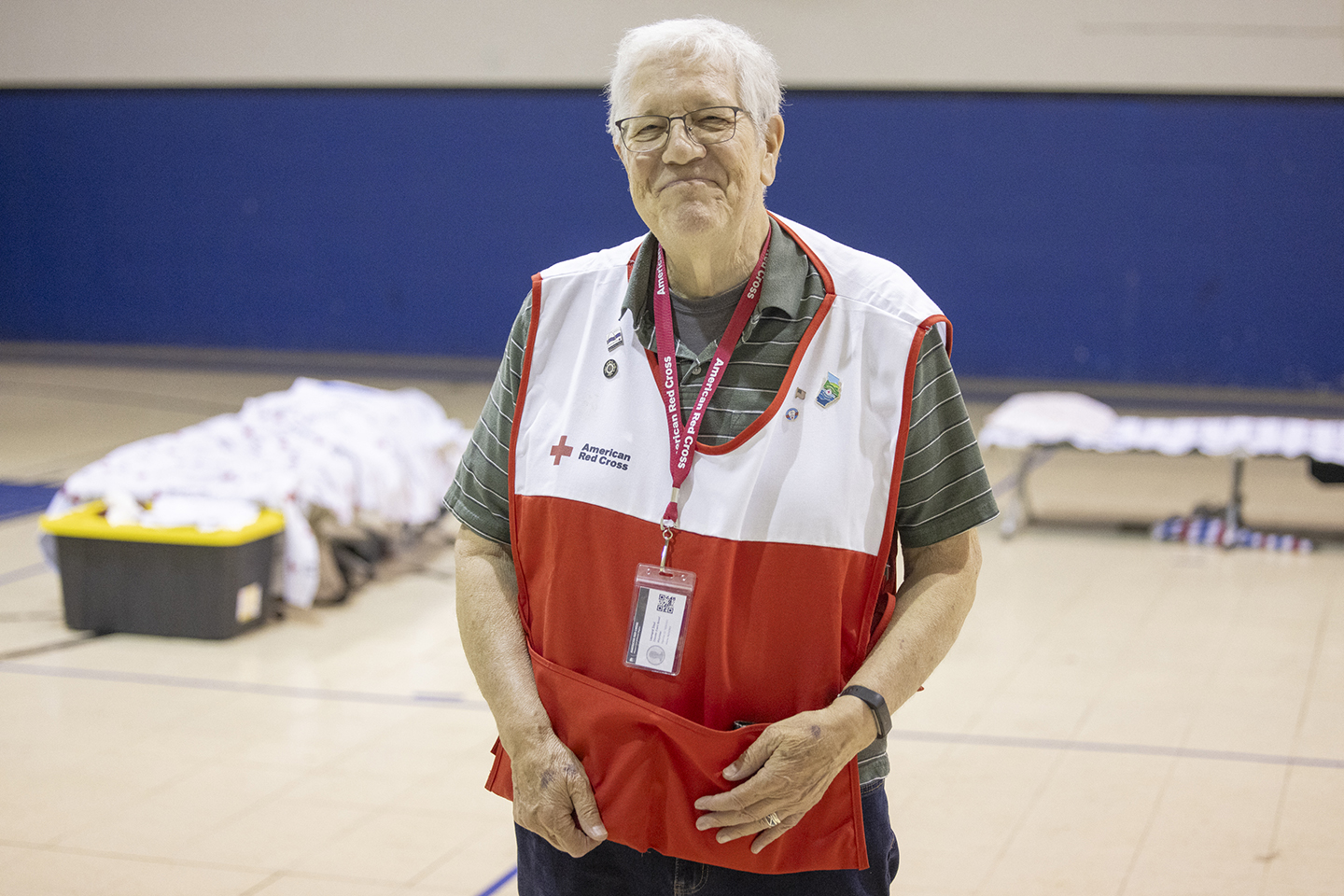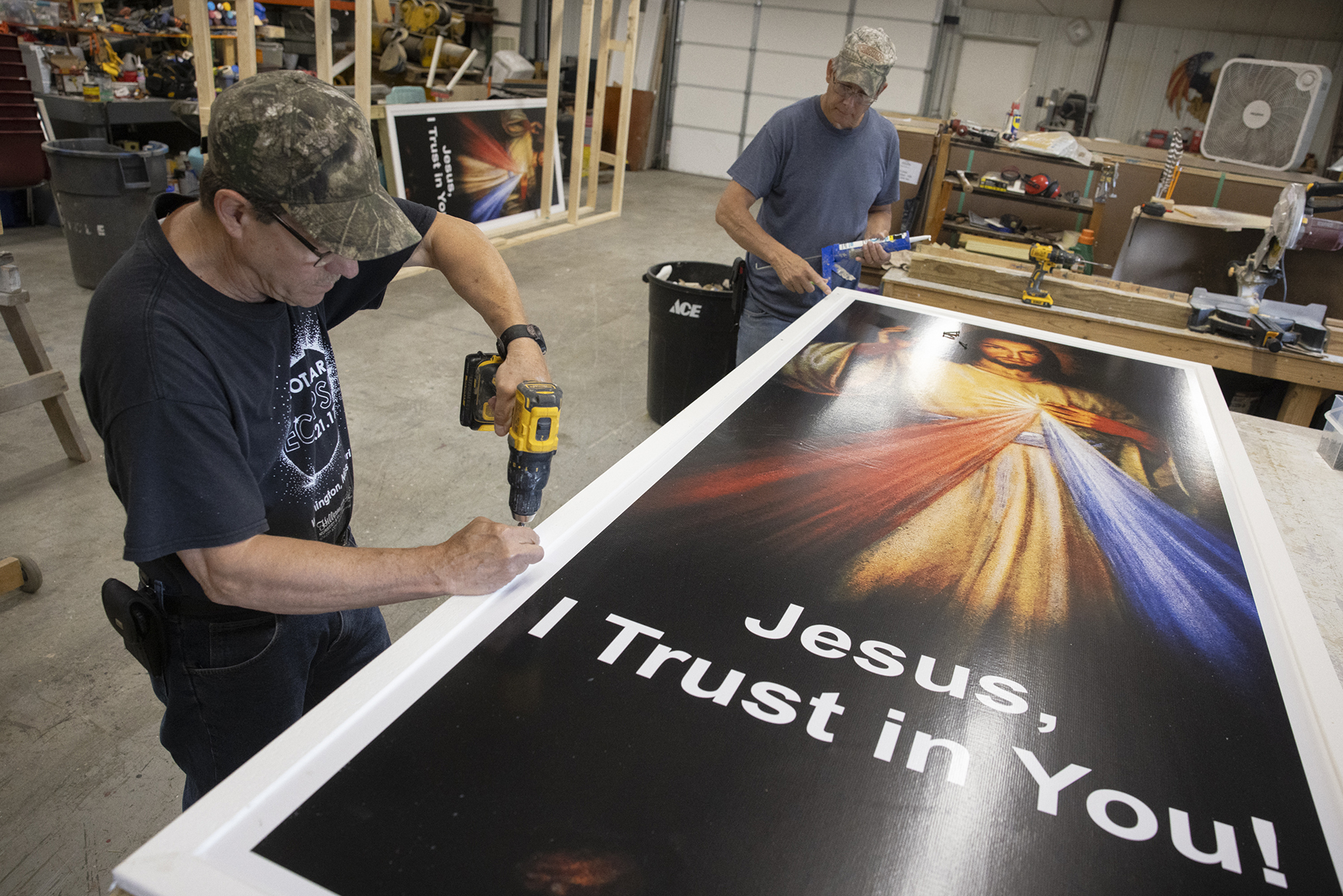Archdiocese releases information on Catholic elementary schools, working toward a new model for Catholic education
Enrollment, subsidy data on Catholic elementary schools in archdiocese part of plan to create new structures to strengthen Catholic education
The Archdiocese of St. Louis has published an overview of subsidy and enrollment information on all Catholic elementary schools in the archdiocese, as it works toward developing a new model for Catholic education.
The information, published Oct. 17 at allthingsnew.archstl.org/Planning-Process/Catholic-Education, is part of the archdiocese’s effort to create a new structure that will strengthen Catholic elementary schools, making them more accessible, affordable, strong in Catholic identity and equitable for teachers and staff, said Father Christopher Martin, vicar for strategic planning.
“Our schools allow your children to develop a sense of purpose, receive a quality education and join a welcoming community where they can feel secure in a dynamic future,” Father Martin said. “We believe this is a tremendous privilege and great value to our families; however, we recognize that our current model is unsustainable in the long term. Due to our expansive footprint, many of our schools are facing teacher shortages, increased costs that are affecting tuition, declining enrollment often based on geography, increased building maintenance needs and parishes that are unable to subsidize the cost of a school.”
Approximately 19,000 students are attending 85 Catholic elementary school locations in the Archdiocese of St. Louis, which includes 10 counties and the City of St. Louis. As a whole, Catholic elementary schools are at less than 65% of their capacity. About half of all Catholic school families also attend a school outside their parish’s geographical boundaries.
Father Martin said that the data shows that even with a 40% reduction in the current school footprint, a Catholic education will still be able to be provided to all enrolled students. A final decision on closure of schools is expected to take place in January, in time for families to make enrollment decisions and to address faculty employment needs.
The data overview includes each school’s total operating revenue, which is defined as tuition income, plus registration and program fees, minus any tuition discounts; and operating expenses, which includes any costs associated with operating the school, such as teacher salaries and benefits, utilities and supplies.
Also included is each school’s total operating subsidy, which is the amount by which operating expenses exceeds operating revenue. For the fiscal year ending in June 2022, the total subsidy for Catholic elementary schools is more than $50 million.
Information was provided from several sources, including the archdiocesan Office of Catholic Education and Formation, the archdiocesan Finance Office, Human Resources, Building and Real Estate and the Office of Strategic Planning.
The archdiocese has identified several criteria for recommended school closures. It includes current enrollment and enrollment trends, household locations of students, the capacity of the school building, percentage of a parish’s offertory used to subsidize the school, condition of the facility, percentage of school tuition and fees paid by school families, funding from the archdiocese, such as scholarships and grants, and proximity to other Catholic schools.
Catholic school families and faculty have been invited to participate in a new survey to offer more specific feedback about Catholic education in their parish community. The follow-up survey includes specific questions about each school’s governance, tuition, class sizes, travel time and teacher compensation, among other topics.
The survey seeks feedback on what is going well in their schools and additional feedback about what families and faculty would like to see going forward in Catholic education. The results will not determine whether a school remains open.
Schools remaining open will maintain their current governance model for the 2023-24 school year. The majority of schools in the archdiocese operate under a parish governance model, which means the parish is a separate and distinct legal entity from the Archdiocese of St. Louis.
Pastors and principals also are reviewing several proposed future governance models and will provide feedback in a survey in October and November. Decisions about future governance models will be part of ongoing conversations throughout All Things New as the future parish blueprint is discerned and implemented, Father Martin said.
Later in October, the archdiocese will publicly release a more detailed footprint of each Catholic elementary school including revenue sources, expenses and subsidies and enrollment, capacity and student-to-teacher ratio.
Enrollment trends
Overall, Catholic elementary school enrollment has increased in the last two years — after declining every year for the previous 31 years.
- Over the last two years, Catholic students in elementary schools is up (17,982 vs. 17,959)
- Over the last two years, parish-based school enrollment (excluding private schools) is up (19,315 vs. 19,208)
- Kindergarten and Pre-K enrollment slightly decreased this year, but it is still higher than two years ago
- Over the last two years, half of elementary schools are up in enrollment and half are down.
Schools with highest enrollment (K-8th) for the 2022-23 school year
St. Joseph, Cottleville 861
Immaculate Conception, Dardenne Prairie 706
St. Peter, Kirkwood 488
St. Catherine Laboure, Sappington 471
St. Gabriel the Archangel, St. Louis City 464
St. Gerard Majella, Kirkwood 429
Ascension, Chesterfield 414
St. Patrick, Wentzville 414
Holy Infant, Ballwin 410
Incarnate Word, Chesterfield 402







